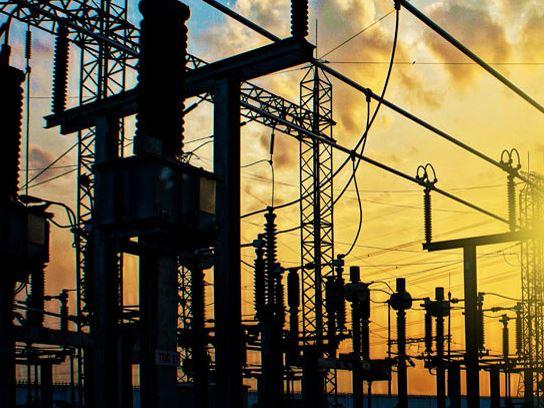
India's renewable energy capacity surged by 11.2GW
Whilst thermal capacity addition dropped by 50%.
Energy transformation has arrived in India, if Bridge to India's analysis is anything to go by. According to the Ministry of New and Renewable Energy (MNRE), India’s total renewable capacity including solar, wind, bio-mass and small hydro grew by around 11.2 GW in FY 2016-17, at par with thermal capacity addition, which registered a decline of 50% in the year.
The country added 5,526 MW of new solar capacity (up 83% over FY 2015-16) and 5,400 MW of new wind capacity (up 63%) in the year.
Here's more from Bridge to India:
Whilst these numbers are impressive, it is worth noting that the solar capacity addition including rooftop solar is almost 50% below the annual target of 12,000 MW. In contrast, wind capacity addition was +35% over the 4,000 MW target.
India added 5.8 GW of renewable capacity in a single month as implementing agencies pushed for commissioning of projects before the close of the financial year.
There has been a downward trend in new renewable allocations in FY 2016-17 and the 2017-18 target of 20,450 MW will be impossible to meet. As renewables continue to grow, prospects for thermal capacity addition seem limited and we expect renewables to decisively beat thermal capacity addition in the coming years.
The figures released by MNRE suggest that March was a blockbuster month with addition of 5.8 GW renewable capacity in a single month (more than the combined figure for previous eleven months).
Whilst financial year end is always busy, we suspect that there was considerable pressure on implementing agencies to boost March numbers to show respectable addition numbers.
Second, the developers would also have been keen to bring numbers forward to take advantage of the many financial incentives including generation wind based incentive (GBI) for wind projects, accelerated depreciation and 10-year tax holiday that are going to be significantly cut or phased out completely from April 2017 onwards.
The sector performance on some other measures has been much weaker. Pace of new utility scale solar tender announcements and project allocations slowed down considerably at just 4.2 GW and 6 GW respectively, down 70% and 33% over last year.
This downward trend in new allocations is likely to continue, perhaps for another six months, as the government seem to have gone back to drawing board to incorporate learnings from the Rewa tender and India’s first wind tender.
With an even more ambitious target of 20,450 MW for 2017-18 for the renewable sector, it is clear that much more needs to be done to spur further growth. Falling prices will undoubtedly be of major help, but better regulatory enforcement of renewable purchase obligations and the UDAY scheme is critical.
Overall, Bridge to India expects 2017-18 to register a very modest growth in renewable capacity addition, which should nonetheless easily come ahead of thermal capacity addition.























 Advertise
Advertise







